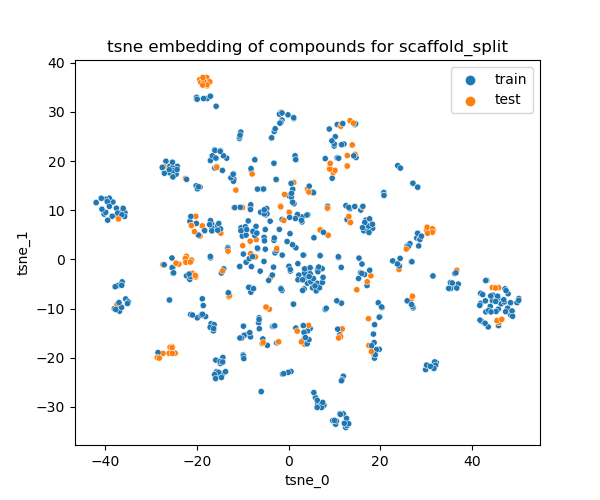
Background
LOK (STK10) is involved in multiple signaling pathways, including the p38 mitogen-activated protein kinase (MAPK) pathway. research on STK10 as a therapeutic target was still in its early stages. Preclinical studies in cell lines and animal models might have been conducted to investigate the effects of STK10 inhibition on tumor growth and other cellular processes
SLK (STE20-like kinase) is a serine/threonine kinase that belongs to the STE20 family of kinases. It plays a role in various cellular processes, including cell cycle progression, cytoskeletal organization, and cell migration.
Benchmarking
SLK and STK10 are serine/threonine kinases whose major known function is activating the ERM (ezrin/radixin/moesin) proteins by phosphorylation on a conserved threonine residue near the C-terminus (moesin Thr558). Inhibition of STK10/SLK appears to primarily affect cell migration by suppressing p38 MAPK signaling and attenuating ERM protein activation. This potential therapeutic approach warrants further exploration for its effectiveness in the treatment of diseases characterized by abnormal cell migration, such as certain cancers. The goal of this benchmark is to select the best predictive model for
- Optimization of the bioactivity % inhibition.
- Discovery of potential hits in new chemical space.
Description of readout
- Readouts:
LOK, SLK
- Bioassay readout: percentage of inhibition.
- Optimization objective: Higher inhibition
Data resource:
Train/test split
Given the benchmarking goal, a scaffold-based splitting approach was applied to ensure training and test sets contain distinct chemical structures while maintaining the diversity of scaffolds.
Distribution of the train/test in the chemical space

Related links
The full curation and creation process is documented -> notebook
Related benchmarks
- polaris/drewry_drewry_lok_slk_multitask_clf_v1> Note: It's recommended to evaluate your methods against all the benchmarks related to this dataset.